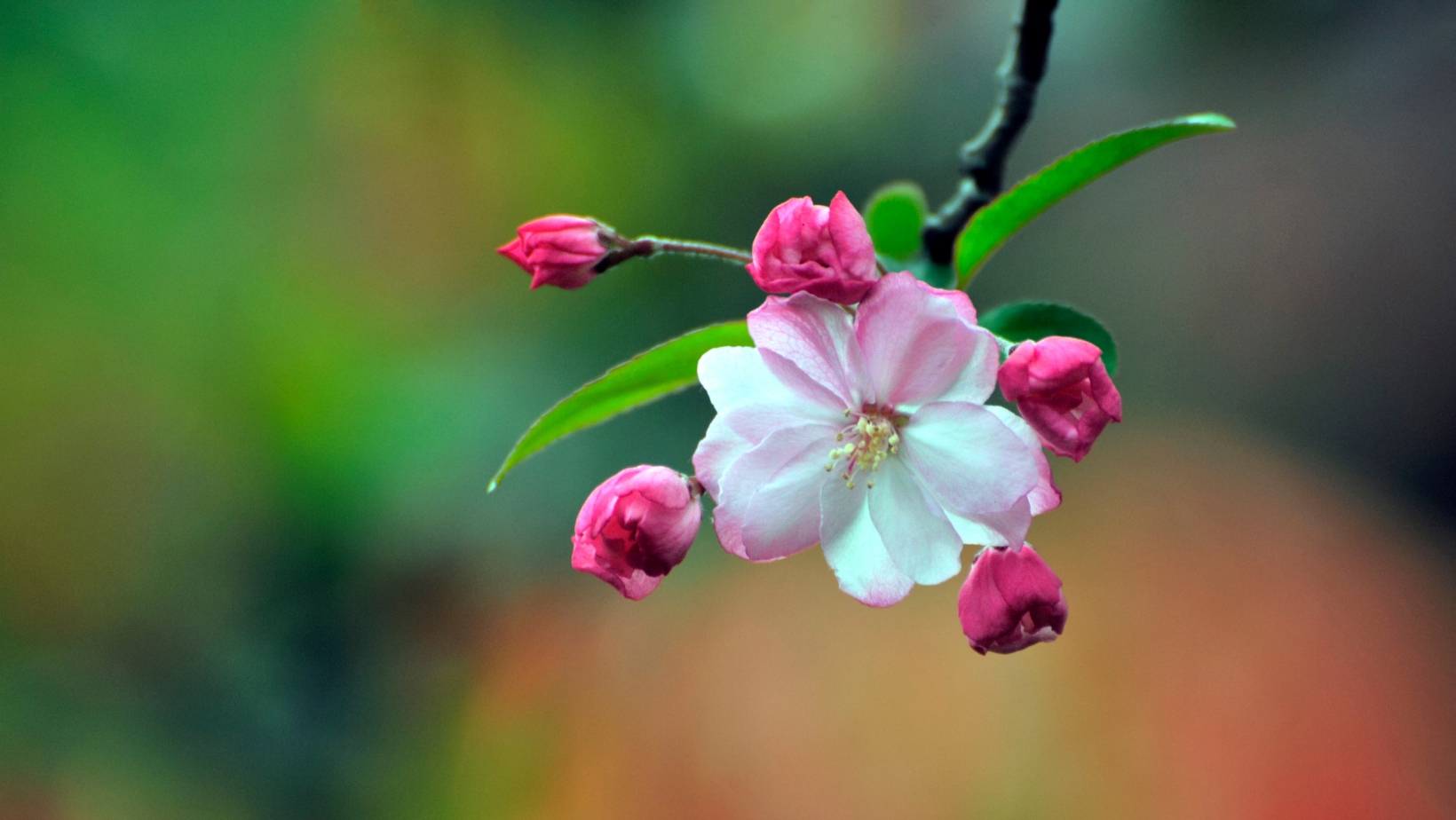Posted by Esther Roberts on 17th Jun 2021
Symbolic Flowers in Chinese Culture

In celebration of Chinese New Year coming up on February 12th, it's time to take a closer look at some of the most popular flowers in Chinese culture and the traditions associated with them. Flowers are actually very popular Chinese New Year decorations, so here are some lucky plants to bring you luck and prosperity this new year!
Plum Blossoms
Plum blossoms are depicted everywhere from pottery to wall scrolls in Chinese culture, because of their scenic properties and symbolic meanings. Considered sacred in China and symbolise romance, prosperity and growth, they’re also popular with young people looking for love.
Peonies
Feminine beauty, innocence, affection and charm – peonies are particularly auspicious for Chinese New Year. Peonies symbolise richness and peace in Chinese mythology, because of how the blooms grow in clusters. For a very long time, peonies were exclusively flowers of Chinese emperors. They used to decorate their balconies and royal gardens.
Chrysanthemums
Chrysanthemums, or the so-called “golden flower”, is one of the most beautiful plants that comes from China. This symbolic flower signifies intellectual accomplishments, cleansing qualities, and longevity of life. White chrysanthemums represent nobility and elegance. They are also thought to attract good luck to the home and represent a life of ease.
Lilies
Chinese people love Lilies because they think that this flower represents good fortune and happiness, which is why this is a popular flower for weddings. Since lily flowers die, re-flower, and die again, they are considered to be special in Chinese culture.

